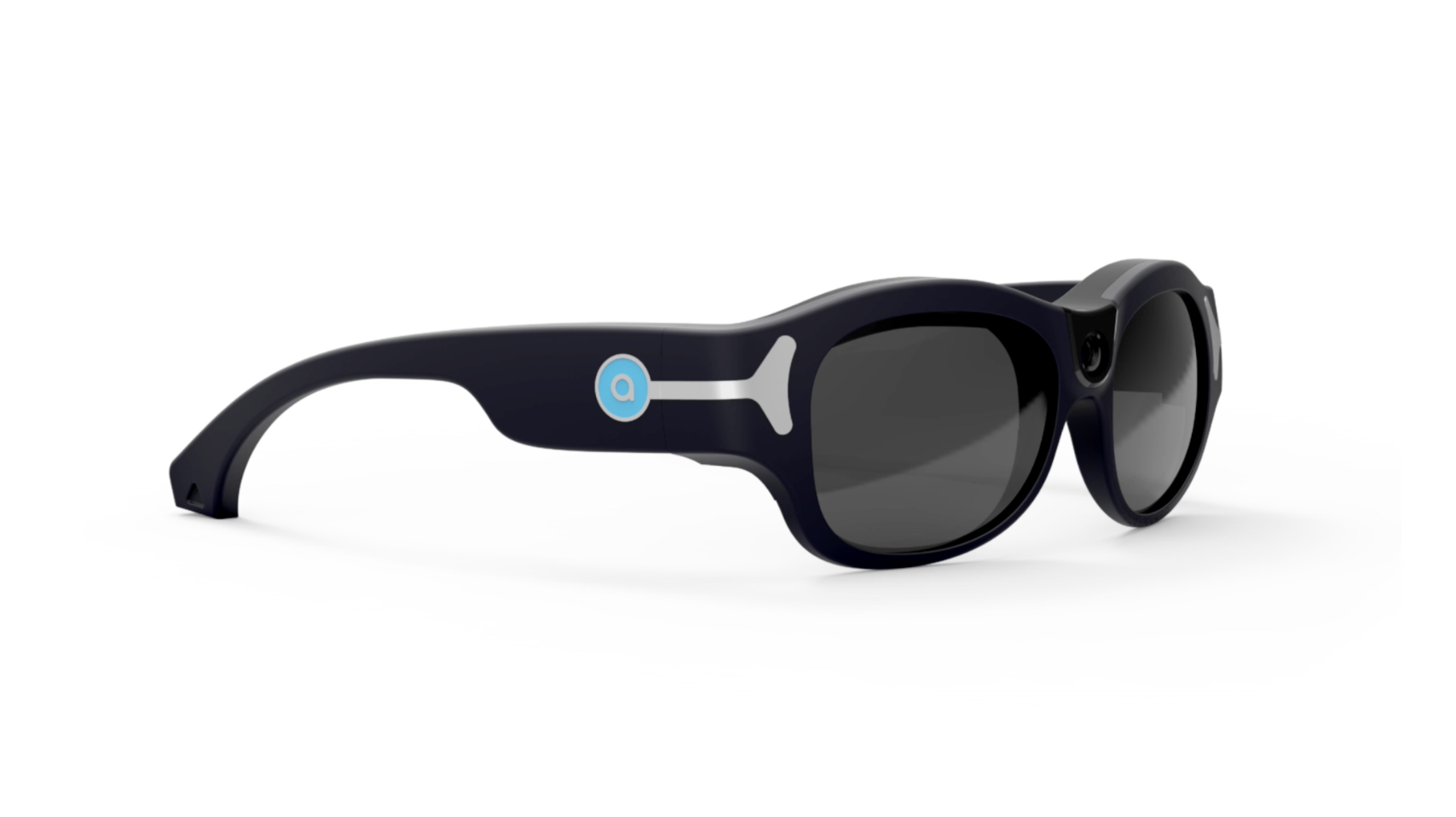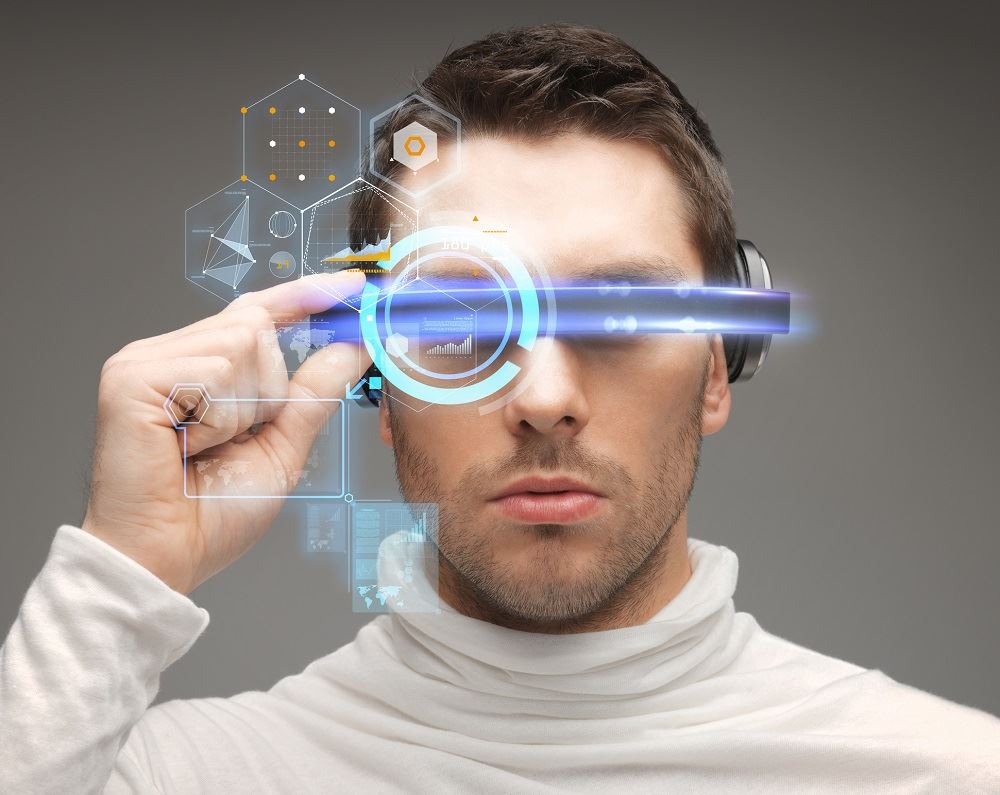Discover Advanced Assistive Devices for Individuals With Aesthetic Problems
The landscape of assistive technology for individuals with aesthetic problems is developing swiftly, offering a variety of innovative gadgets that improve freedom and interaction. From wise glasses that perfectly merge aesthetic input with acoustic assistance to innovative navigating applications that redefine spatial understanding, these tools are reshaping opportunities.
Smart Glasses Innovations
Smart glasses stand for a substantial improvement in assistive technology for people with visual problems. These innovative tools incorporate numerous features designed to enhance the customer's interaction with their atmosphere. Outfitted with sensing units and electronic cameras, smart glasses can catch real-time aesthetic information, which is then refined and conveyed to the user through audio responses or haptic feelings. This capability enables people to obtain immediate descriptions of their environments, enhancing their ability to engage and navigate with the globe.
Furthermore, improvements in expert system have better improved the capacities of clever glasses. Machine discovering algorithms can identify faces, read message, and identify items, making them vital devices for daily tasks. Customers can get auditory signs that provide context regarding their atmosphere, cultivating independence and confidence.
Furthermore, the ergonomic style and light-weight nature of several clever glasses make them suitable for long term usage, ensuring comfort while enhancing performance. As these gadgets remain to progress, they hold the potential to reinvent the means people with aesthetic disabilities experience their day-to-day lives, bridging the void in between access and technology. The ongoing research study and advancement in this area assurance to expand the possibilities for smart glasses, making them a vital element of modern assistive gadgets.
Navigation Apps and Tools
Countless navigation apps and tools have arised as essential resources for individuals with aesthetic impairments, considerably enhancing their ability to traverse unknown environments. These innovations take advantage of GPS functionality, audio signs, and real-time data to offer individuals with accurate navigation support.
One popular example is the Aira application, which connects individuals to skilled representatives who can give visual descriptions of surroundings and navigation assistance with an online video clip feed. This solution enhances the user's spatial understanding and self-confidence while navigating. Another notable device is Seeing Eye GPS, which offers voice-guided navigating and factors of rate of interest, enabling users to gain access to vital information regarding their environments.

As technology proceeds to development, the growth of much more sophisticated navigation devices assures to further equip people with visual impairments, facilitating smooth movement and combination right into diverse atmospheres. Such developments are crucial in promoting a much more inclusive society.
Braille Innovation Innovations
Over the last few years, improvements in Braille modern technology have actually dramatically transformed exactly how people with visual disabilities access details and engage with the globe around them. The advancement of portable Braille screens has actually revolutionized reading by enabling customers to connect wirelessly to tablets, computer systems, and mobile phones. These tools convert message into Braille in real-time, allowing seamless interaction with electronic material.
Additionally, cutting-edge Braille printers have arised, boosting the manufacturing of tactile materials. Modern embossers are much faster and more efficient, permitting the rapid production of Braille files and instructional materials. This efficiency reduces the time and expense connected with creating Braille sources, making them more available to institutions and companies.
In addition, the integration of Braille with other technologies, such as expert system and artificial intelligence, has actually opened up brand-new avenues for personalized learning experiences. Voice acknowledgment and synthesis technologies can enhance Braille, providing an inclusive technique to details dissemination.
As the demand for comprehensive education and office environments grows, these technical advancements play a vital role in equipping people with aesthetic disabilities, guaranteeing they have equal access to details and opportunities in various facets of life.
Wearable Devices for Freedom
An expanding range of wearable gadgets is boosting freedom for individuals with aesthetic impairments, using ingenious options that boost navigating and everyday living. Braille displays and notetakers. These gadgets use innovative innovations to supply real-time comments and support, promoting autonomy in different atmospheres

Wearable innovation additionally includes smartwatches that can be programmed with ease of access features, allowing customers to get alerts, track their areas, or perhaps require aid with the touch of a button. Furthermore, some devices incorporate expert system to evaluate the atmosphere, offering sound descriptions of neighboring items or individuals.
Voice-Activated Assistive Solutions
Leveraging voice-activated assistive options has actually transformed the landscape of assistance for people with aesthetic disabilities, giving hands-free communication and accessibility to a range of jobs. These innovations use natural language processing and Resources expert system to make it possible for customers to carry out day-to-day tasks through straightforward voice commands.

Additionally, recent improvements in voice recognition precision have actually enhanced the user experience significantly, suiting diverse accents and speech patterns. This inclusivity makes certain that more people can gain from these innovations, cultivating a better sense of freedom.
Conclusion
Finally, the growth of advanced assistive tools substantially enhances the independence and high quality of life for people with visual impairments. Innovations such as wise glasses, navigation applications, Braille innovation, wearable devices, and voice-activated options jointly promote a more comprehensive environment. These technologies encourage users to browse their environments with self-confidence and engage even more fully with the world, inevitably advertising greater availability and level playing fields for people facing visual difficulties.
The landscape of assistive modern technology for individuals with visual disabilities is developing quickly, offering an array of cutting-edge gadgets that boost autonomy and interaction.Smart glasses represent a substantial advancement in assistive innovation for people with aesthetic impairments. As these gadgets proceed to advance, they hold the possible to change the way individuals with visual disabilities experience their everyday lives, connecting the space in between access and technology.In recent years, developments in Braille technology have substantially transformed just how individuals with aesthetic problems gain access to info here and involve review of optometry with the world around them. These technologies empower customers to navigate their surroundings with self-confidence and engage more completely with the world, eventually advertising higher ease of access and equal chances for individuals dealing with visual obstacles.